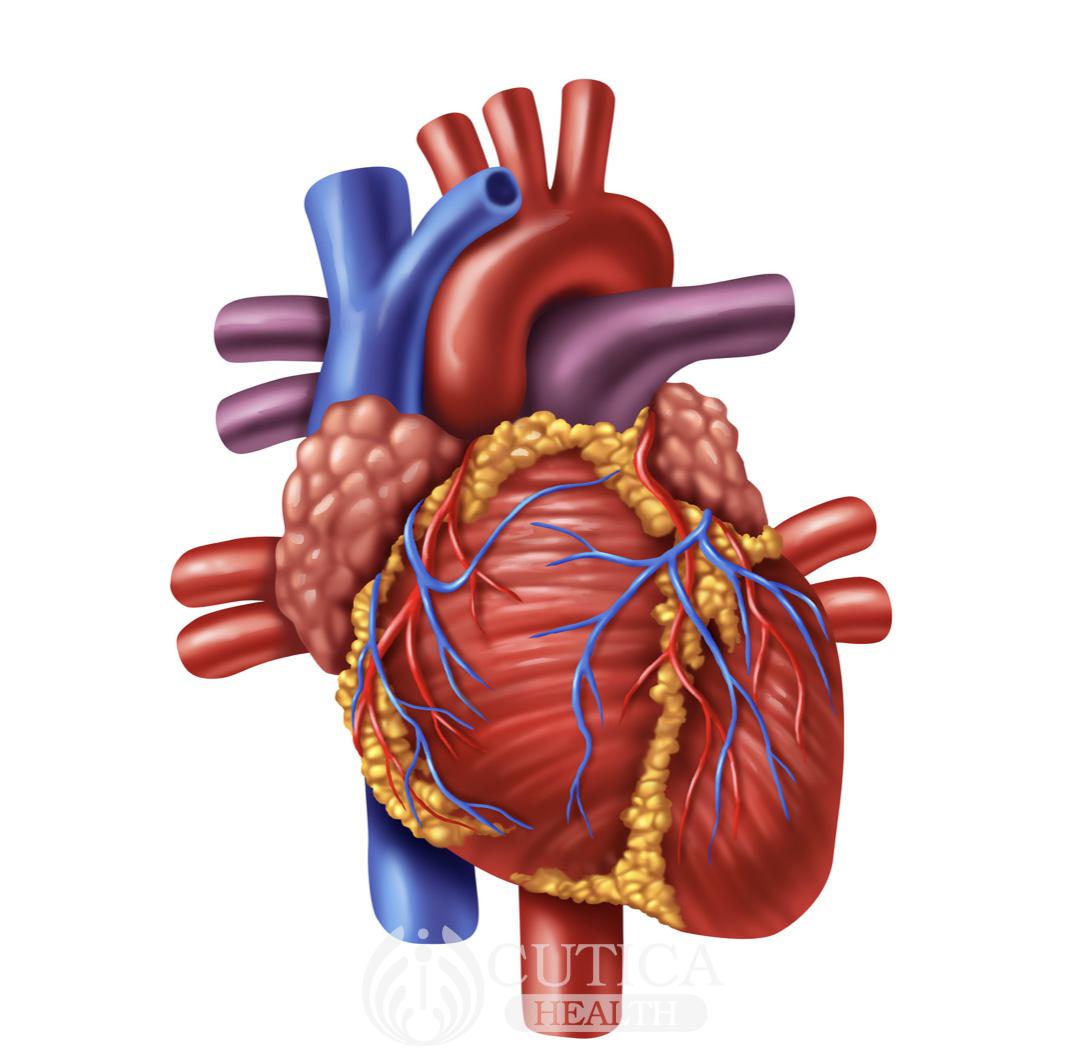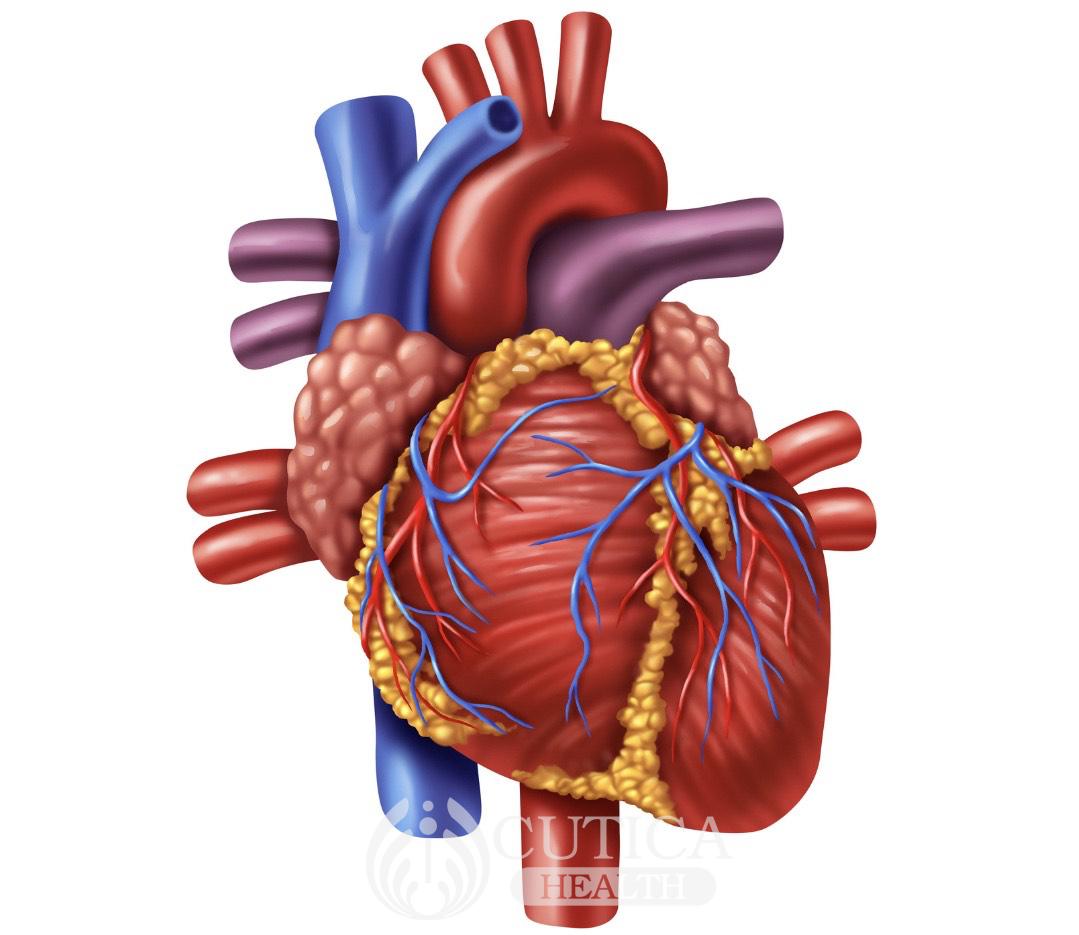
Tunde is turning 30 this year and he started noticing some changes in his appearance particularly his tummy. He noticed it has become rounder and more protuberant. He got married under a year ago and enjoyed delicious meals his wife makes. He admits he has not been consistent at the gym as usual but he now had to return home on time and leave late because he has a wife at home. And long hours at work are no longer helping. He is worried he might become fat like his other married friends. What can he do about this?
Introduction
A pot belly, commonly referred to as a big belly or abdominal obesity, is a condition characterized by the accumulation of excess fat around the abdominal area. A pot belly is more than just a cosmetic concern. It can be an indicator of underlying health issues that may pose significant risks. These risks can have potential consequences for health and can be tackled by adopting simple but effective strategies.
What Causes a Pot Belly?
Poor Diet: One of the leading causes of a pot belly is an unhealthy diet high in refined sugars, saturated fats, and processed foods. These unhealthy foods contribute to the accumulation of visceral fat, leading to the development of a pot belly.

Sedentary Lifestyle: Lack of physical activity is a major contributor to abdominal obesity. Lack of physical activity is another major contributor to the development of a pot belly. A sedentary lifestyle slows down metabolism, making it easier for the body to store excess calories as fat, especially around the belly area.
Genetics: Genetic factors can play a role in determining an individual's predisposition to carry excess weight around the abdomen. Understanding your genetic background can be crucial in managing and preventing a pot belly.
Health Risks Associated with a Pot Belly
Cardiovascular Diseases: Excess abdominal fat is linked to an increased risk of heart diseases, including hypertension and coronary artery disease. The fat cells in the abdominal area release inflammatory substances that can negatively impact cardiovascular health.
Type 2 Diabetes: Abdominal obesity is a significant risk factor for the development of type 2 diabetes. The excess fat can interfere with insulin sensitivity, leading to insulin resistance.
Respiratory Issues: A pot belly can put pressure on the diaphragm and lungs, potentially causing respiratory issues and reducing lung capacity.
Impact on Mental Health: The physical appearance of a pot belly can also have psychological effects, impacting self-esteem and body image. Understanding the potential health risks associated with abdominal obesity can be a motivating factor for individuals seeking to address this issue.
Effective Solutions for a Trimmed Belly
Balanced Diet: Adopting a balanced diet that includes a variety of fruits, vegetables, lean proteins, and whole grains is crucial for reducing belly fat. Limiting the intake of processed foods and sugary beverages can also contribute to a healthier waistline.
Regular Exercise: Incorporating regular physical activity into your routine is key to burning calories and reducing abdominal fat. Both aerobic exercises, such as walking and jogging, and strength training can be effective in achieving a toned midsection.
Stress Management: High-stress levels can contribute to the accumulation of belly fat. Adopt stress-reducing practices such as meditation, yoga, or deep-breathing exercises to promote overall well-being.
Conclusion

While a pot belly may be a common aesthetic concern, it is crucial to recognize the potential health risks associated with abdominal obesity. By understanding the causes and adopting effective lifestyle changes, individuals can take proactive steps to trim their belly fat and improve their overall health. Consultation with healthcare professionals and nutritionists can provide personalized guidance on achieving and maintaining a healthy weight. Remember, a holistic approach that combines a balanced diet, regular exercise, and stress management is key to achieving lasting results.












